The Hidden Beliefs Behind the Classic Beauty of Pearls
“The pearl is the queen of gems and the gem of queens.”
Grace Kelly
Since the beginning of time, pearls have been revered as one of the most beautiful and precious gemstones, and today, they are a staple piece in every woman’s jewellery box. With their iridescent brightness, pearls are timeless and adaptable and can be worn throughout every moment of life.
In this blog, we’ll go through the hidden pearl beliefs surrounding the different types of precious pearls, what makes them so special and how you can choose the perfect pearl for you and your loved ones.
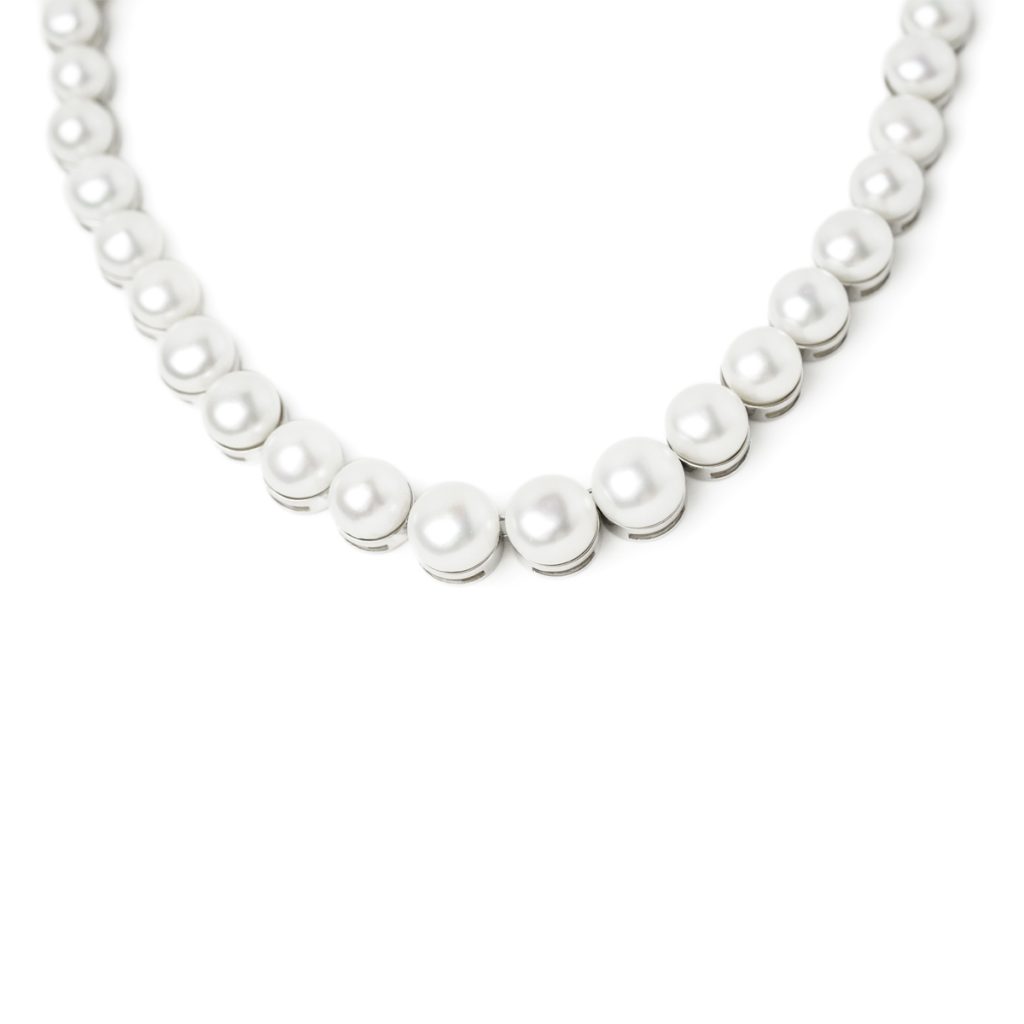
Why are pearls believed to be so precious?
Pearls were one of the first gemstones to ever be worn, and have been in demand for a significant amount of time. Let’s go through why they are so precious, and how they have stayed so popular throughout decades:
1. Pearls have to be created by living creatures
Despite popular belief, pearls are actually classified as a gemstone. But unlike other gemstones that are formed and mined from the earth, pearls are formed and found within various species of molluscs – making them the only gem that is produced by a living creature.
The reason why pearls are so precious is precise because they are produced by these living organisms. A pearl is formed when an irritant finds its way into the soft tissue of a mollusc, which then gets coated with something called nacre – this is the same material that the insides of their shells are made from. After layers upon layers of nacre, a pearl is formed.
2. Pearls can take a long time to form
The pearl-forming process can take anywhere from six months to two years, and since this process involves a living organism, the results are not always consistent and sometimes these pearls are damaged before they get harvested, often by predators. After harvesting, pearls are then graded according to their size, shape, colour, nacre quality, surface quality, as well as their lustre value.
Natural pearls can be found in a variety of colours including the traditional white colour, as well as black and other colours like purple and pink – however, these are more common for freshwater pearls.
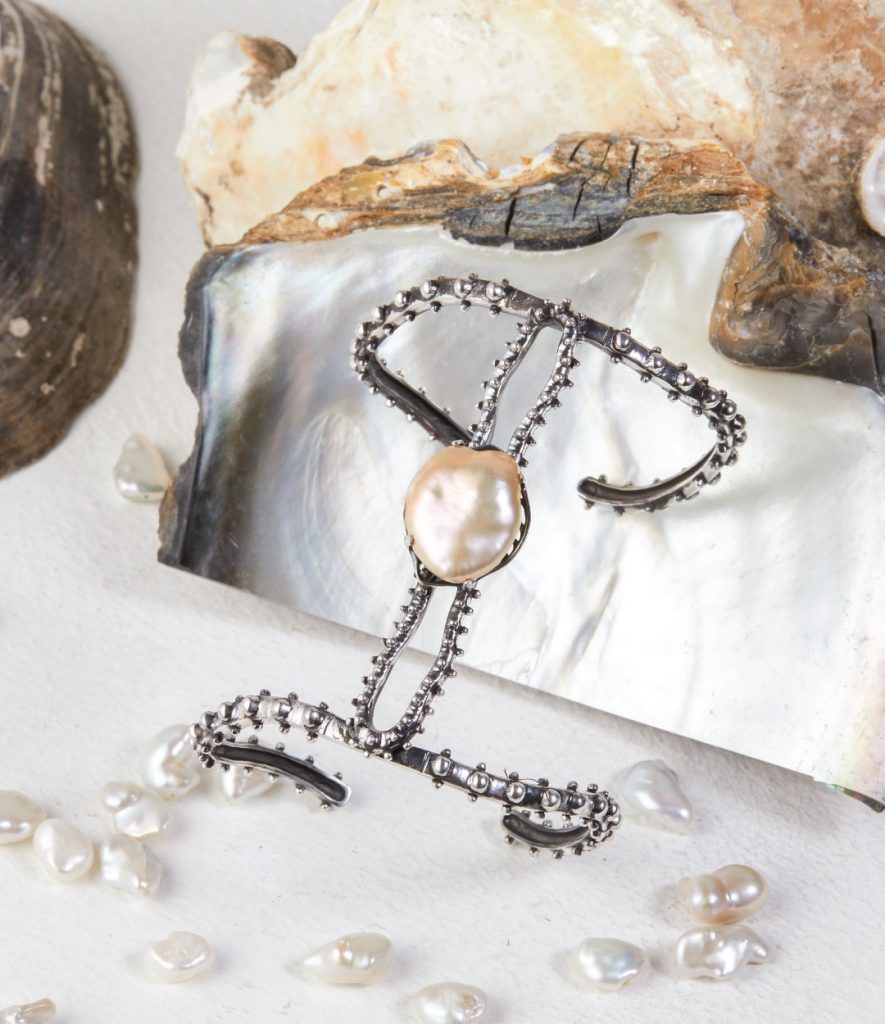
The different types of pearls
You may be wondering why you would want any other colour of pearl beside the classic and traditional white pearl, but different countries and their cultures have different preferences when it comes to the colours of pearls.
Let’s explore the types of pearls and their range of colours below.
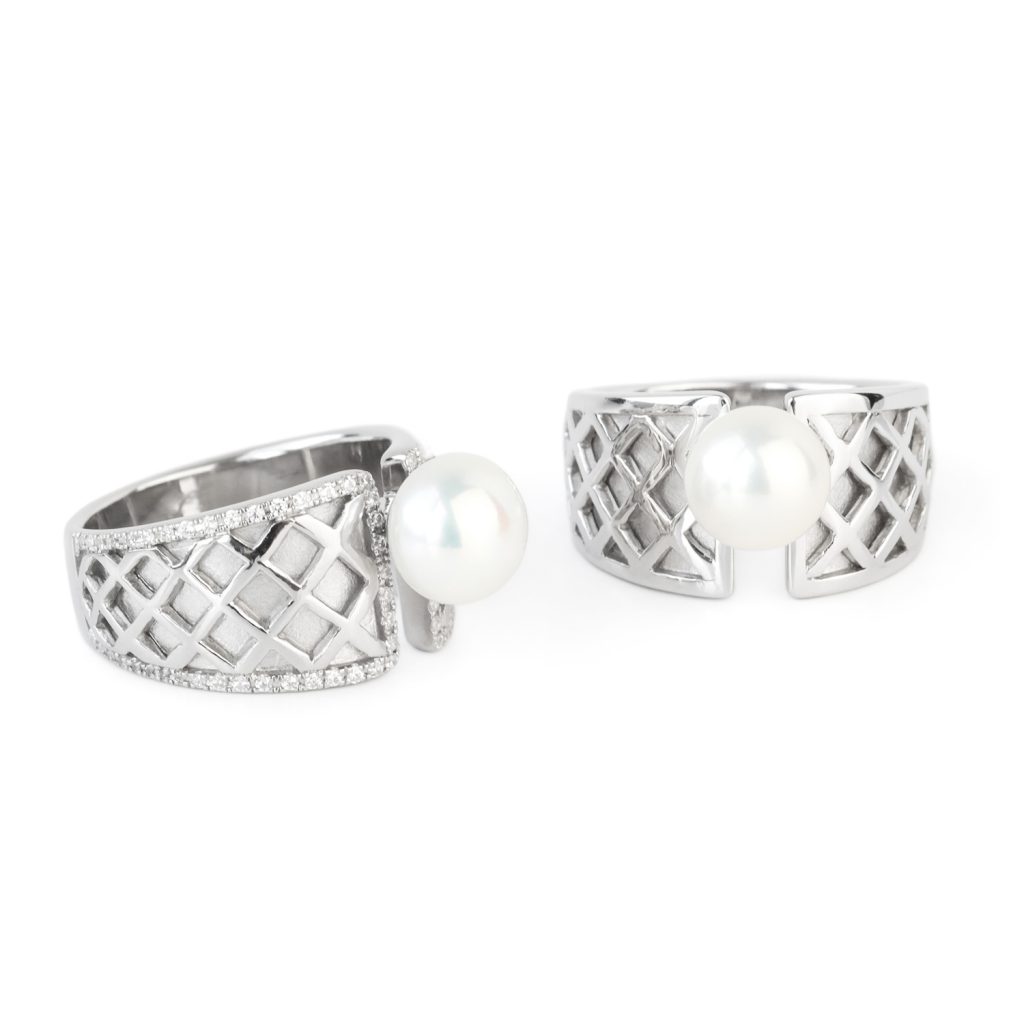
1. Akoya Pearl
Akoya pearls are considered the traditional and classic pearls used for jewellery and are treasured by many consumers. These pearls come from the Akoya oyster, a saltwater oyster that produces perfectly round neutral-coloured pearls. These pearls are mostly white, light gold and silver blue with a soft pink hue and very high lustre.
These pearls are rare and special as the shell that breeds them can only breed one pearl at a time, as opposed to freshwater mussels that can produce around 30-40 pearls at a time.
Size: Akoya pearls are available in sizes from 5 mm. to 11 mm., of which sizes 10. mm, and 11 mm are very rare. The most common and cost-effective sizes are between 7 mm and 7.5 mm.
Colour: White, cream or black (depending on culture)
Sparkle: Tones of rose, cream or ivory
Pearl Origin: Japan

2. Freshwater pearls
In contrast to Akoya pearls, freshwater pearls are more common in the market and are thus more affordable than most other varieties. These freshwater pearls are produced in rivers and streams and come in a variety of colours, shapes and sizes compared to other pearls.
The main colours they can come in include white, pink, peach and lavender purple, but you can also get them in yellow, blue and green.
Unlike the Akoya mussel, freshwater mussels can produce 30-40 pearls, however, the quality they come out in are generally lower and out of 100 pearls, you will often only be able to use 1-2 pearls.
Size: Common freshwater cultured pearls. They range in size from 2 mm to 20 mm and are the widest of all pearls.
Colour: White, cream, peach, pink, lavender purple are the natural colour shade of freshwater pearls. Note that, black and grey shades of freshwater pearls are considered to be dyed pearls. (depending on culture).
Sparkle: Rose, cream or ivory.
Pearl Origin: Found throughout Asia
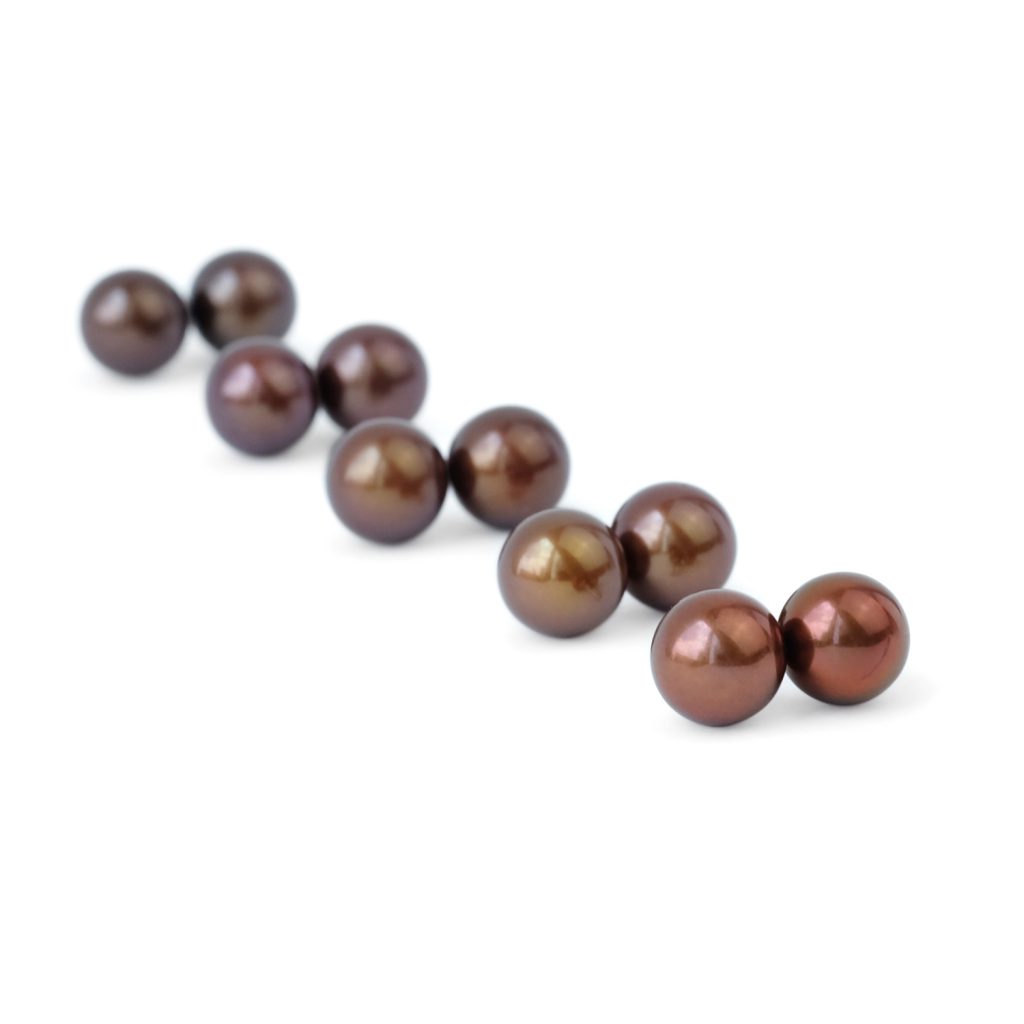
3. Tahitian Pearl
Contrary to what their name would suggest, Tahitian pearls are not actually cultured in Tahiti, but instead, they are grown and harvested in lagoons located in the French Polynesian islands and are produced from one of the largest pearl-bearing oysters in the world – the Pinctada margaritifera.
Unlike other pearls that have to be dyed or irradiated to get them to become black, Tahitian pearls are naturally coloured black pearls and are the first black pearls to be discovered – which is one of the reasons why they are so rare. These pearls have a beautiful array of overtones that includes, green, aquamarine, silver, copper as well as rose.
Dimensions: Most are between 8 mm and 21 mm.
Colours: Shades of brown, grey, blue, green and purple.
Sparkle: Silver, iridescent blue.
Origin of pearl: Mostly found in the islands of French Polynesia.
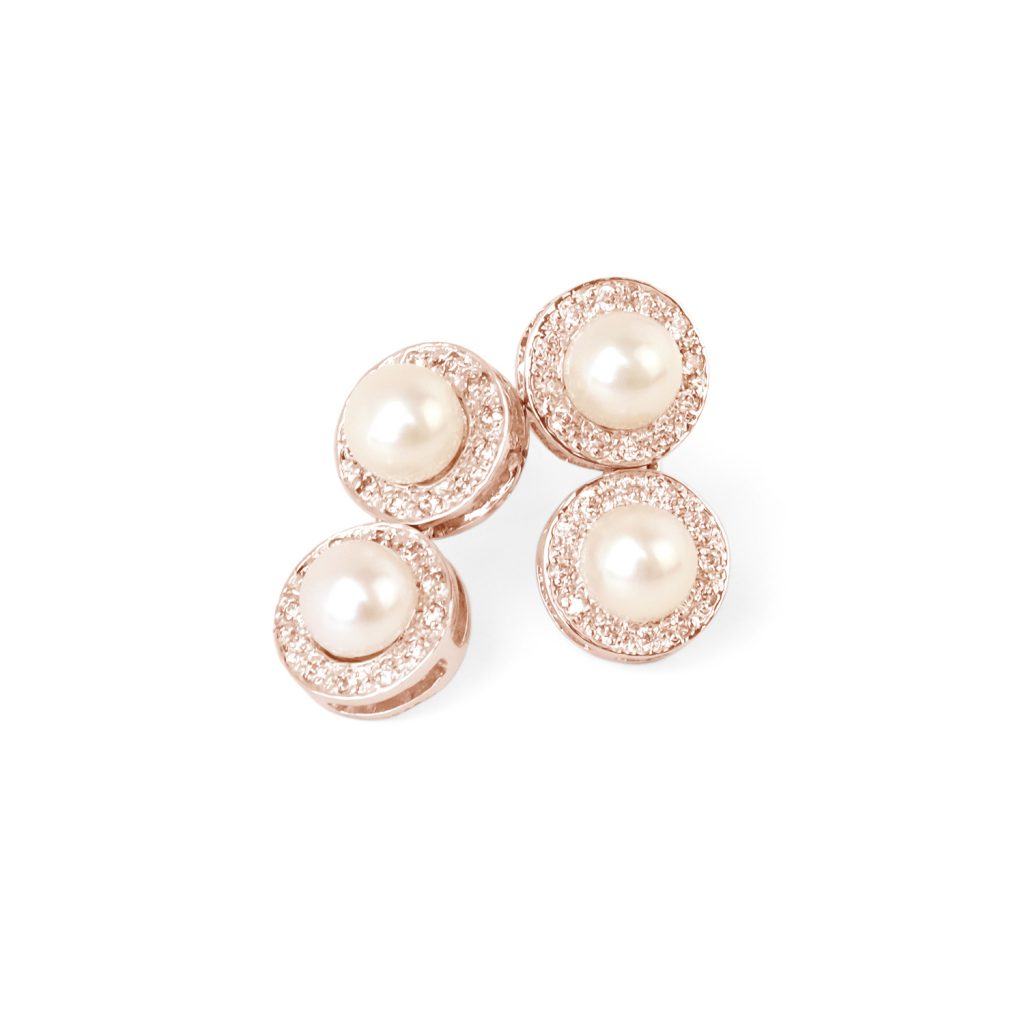
4. South Sea Pearl
South Sea pearls are the largest of all other types of pearls and generally have the thickest nacre as well, making it one of the most valuable pearls on the market. They come in the colours white and gold, with gold being the most precious, and can be found in warm waters in places like Burma, Australia, as well as China.
The gold South Sea pearls are among the most prized pearls as they are only found in 4-8% of the total South Sea pearls produced. This is due to their rarity that makes them so valuable and sought after.
Size: between 8 mm and 20 mm. Average size is 13 mm.
Colours: white, cream and silver.
Sparkle: pink, blue and green
Pearl origin: Australia. , Indonesia and the Philippines It is the source of these leading saltwater pearls.

The beliefs behind each colour of pearl
As you can see, pearls come in an endless array of colours, with each pearl displaying layers of different hue colours. Here are the different colours pearls can come in, their symbolic meanings and the pearl beliefs behind each colour:
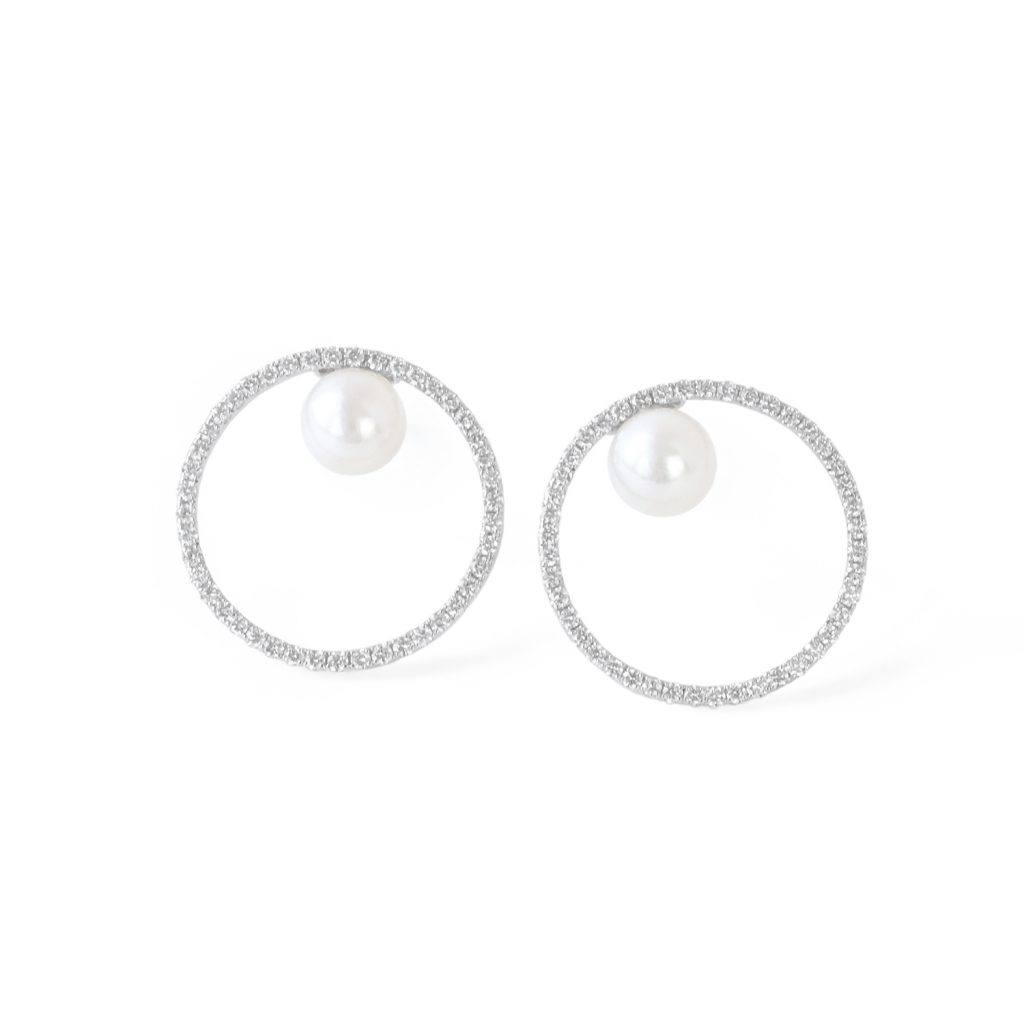
White pearls
When people think of pearls, they often think of the classic white pearls that have been adored for centuries. The belief behind these pearls is that symbolize innocent beauty and new beginnings, which is why they are often used for bridal jewellery. In fact, the ancient Greeks believed white pearls would even produce harmony within marriages.
Pearl studs or a small strand of Akoya pearls can offer a classy but minimalistic look that will add a touch of sophistication and luxury to your wedding look without getting in the way of your dress.
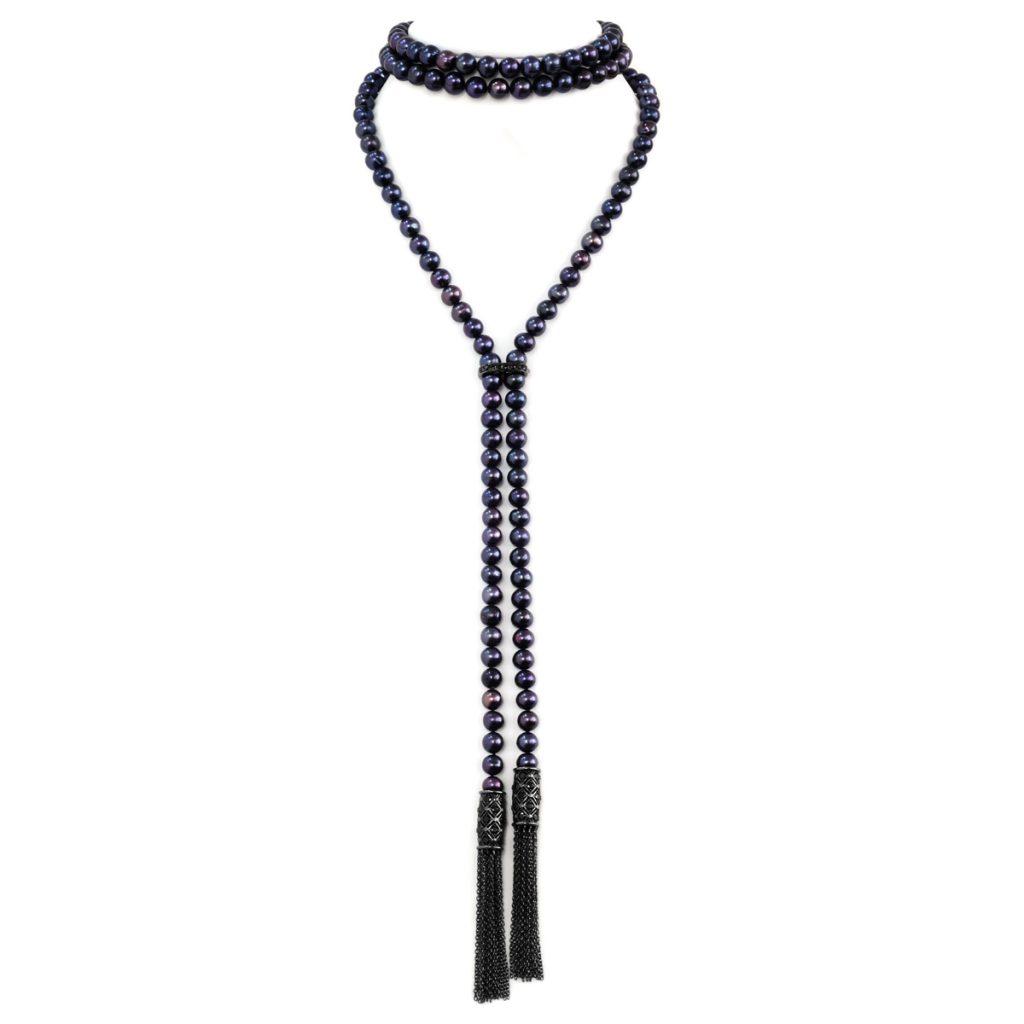
Black pearls
Black pearls are among the rarest of pearls, with the Tahitian black pearl being the most prized. The pearl belief behind these black pearls is that they are associated with a special and everlasting love, and legend says that Oro, a Polynesian god of fertility and peace, even gifted a black pearl to his beloved.
These black pearls are both mysterious and beautiful and can offer an aura of independence and strength to those who wear them. This makes them a great accessory for those looking to add a bit of edge to their style.

Pink pearls
Pink pearls are often very subtle in colour, giving them a look of both elegance and femininity, and they are believed to often represent success, luck, and good fortune. This makes them a perfect gift for graduation as they come with a promise of a bright future.
One of the most common ways to wear pink pearls is through pink pearl rings, although they are also seen in necklaces and earrings sets.

Gold pearls
Gold pearls, also one of the most sought after and valuable pearls, and the pearl belief behind these is that they represent wealth and prosperity. These pearls are also believed to bring clarity in difficult situations and are often gifted when a special occasion occurs. This includes being gifted in marriages to bless couples with a happy marriage, after the birth of a child to ensure luck and prosperity, and more.
These pearls are among the largest pearls produced and are often worn as statement pieces in jewellery such as brooches or necklaces.
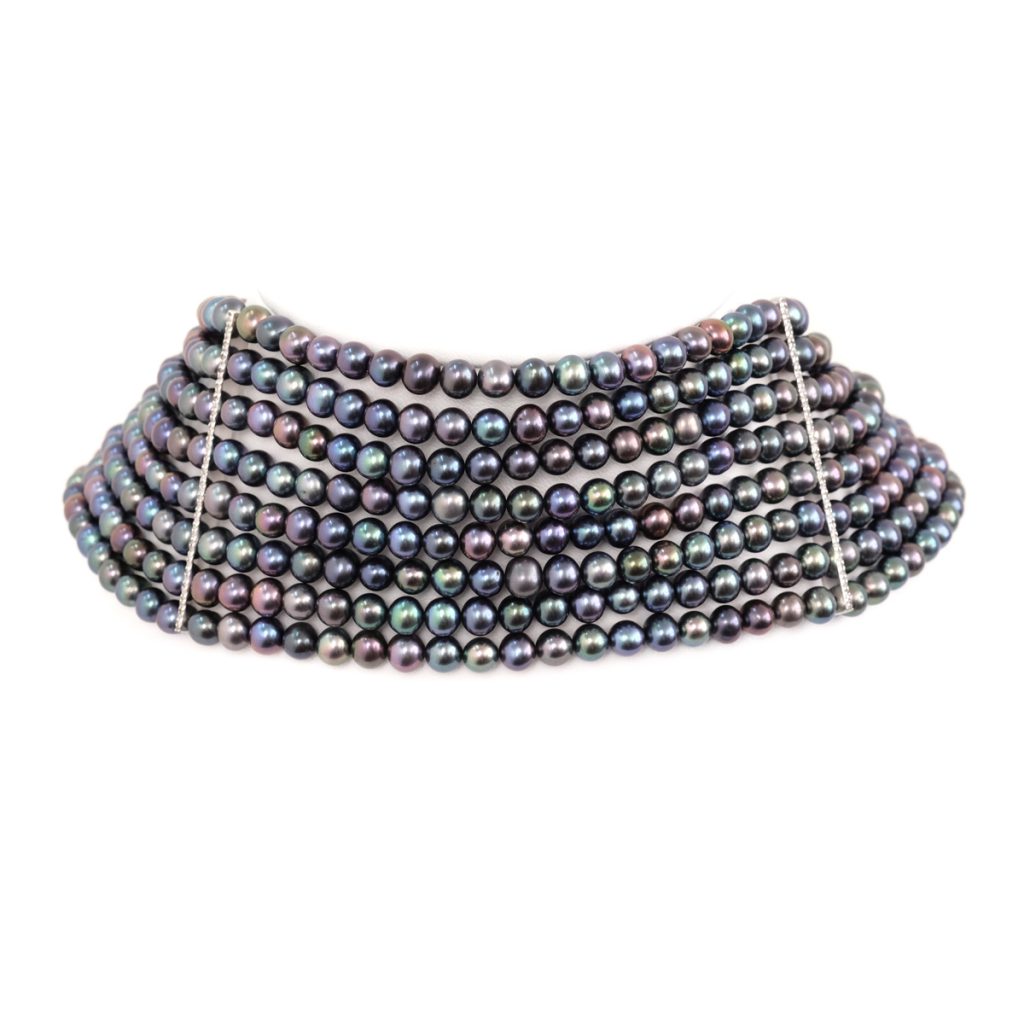
Blue pearls
The pearl belief behind blue pearls is that they symbolize truth, tranquillity and courage. They are often used and gifted in difficult times to help you overcome your own limits. They are perfect for people who are trying to get out of a stagnant period in their lives and excel in their jobs.
Since they symbolize strength and courage, they are often gifted and bought when people want to start a new business, get a promotion or are looking to expand their careers or any other occasion where they are striving to achieve something in life.
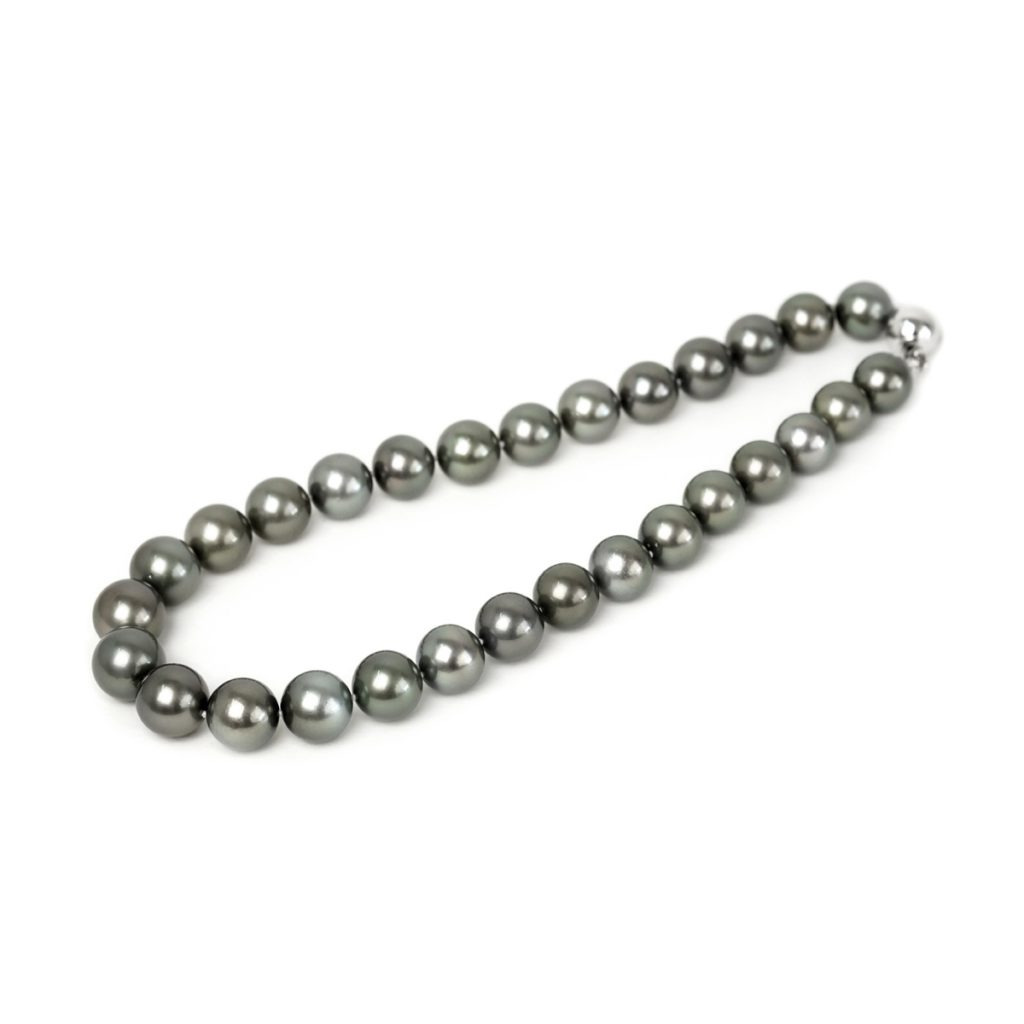
Green pearls
Green pearls represent growth, balance, as well as hope and renewal. Green is the colour of life and is thus associated with growth in all aspects of life. These pearls are perfect for those looking to start a new chapter in their lives as they promote change and optimism.

Our top 3 popular pearls
Pearls are the oldest gemstones to have been enjoyed, here are the top three most popular pearls today that we offer at Matara Studio:
1. White Akoya Pearl
These pearls are among the best pearls that are available today. They are known for their perfectly round shape, illuminating metallic lustre, and are the classic pearls we know and love.
2. Black Tahitian Pearl
In contrast to the classic white pearls, black pearls are more expensive and rare. Black Tahitian pearls are the only pearls that occur naturally and occur in only one in 10,000 pearls.
3. Gold pearls
Gold pearls are among some of the most popular pearls in the pearl jewellery market today, their colours ranging from a soft delicate champagne to an intense 24-carat gold colour. They are also one of the biggest pearls that are produced. However, it is also one of the rarest as only 1% of Pinctada maxima oysters produce this colour.
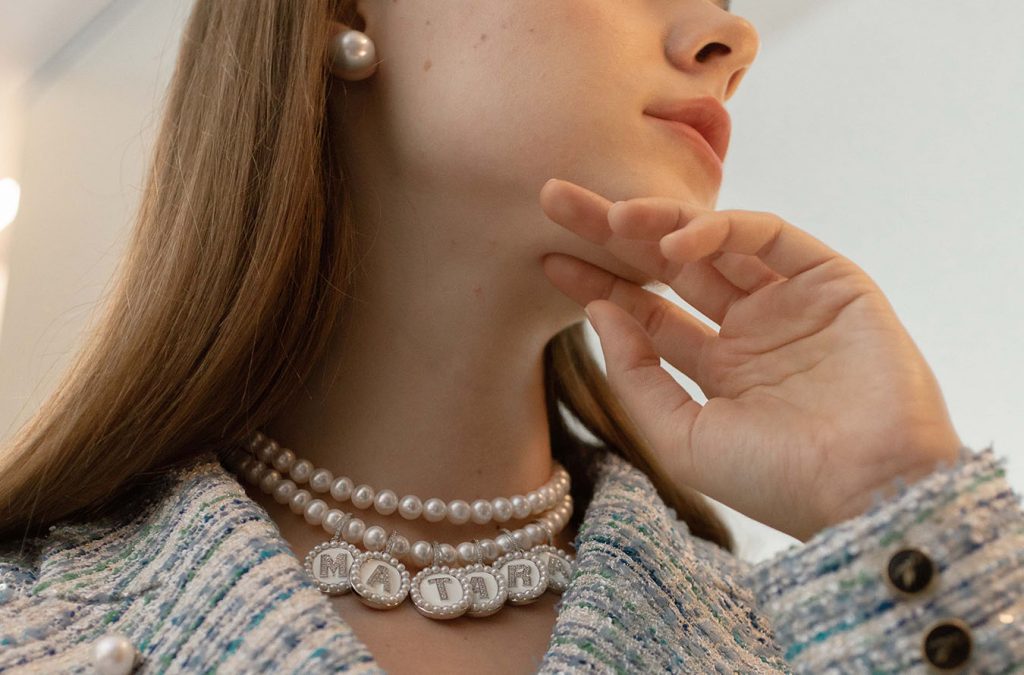
Matara Studio’s pearl care and after-sales services
Although high-quality pearls are strong and durable, proper care is still necessary to keep them looking beautiful and luxurious. Here are some important ways you can care for your pearls.
Last thing on, first thing off
Pearls are very vulnerable to extreme humidity, acid, as well as alkaline. It is best to keep your pearl jewellery away from cosmetics, hair sprays or perfumes that would degrade their lustre and shine. Therefore, you should always put on your pearl jewellery as a final touch when getting dressed. It is also advisable to remove your pearls jewellery before exercising as the pearl’s lustre can be harmed by perspiration.
Storage and travel care
As previously mentioned, although pearls are relatively resistant to breaking, they can be scratched by sharp objects or other gemstones. To prevent this, store them in their own jewellery box and put them in a jewellery pouch when you have to travel with them.
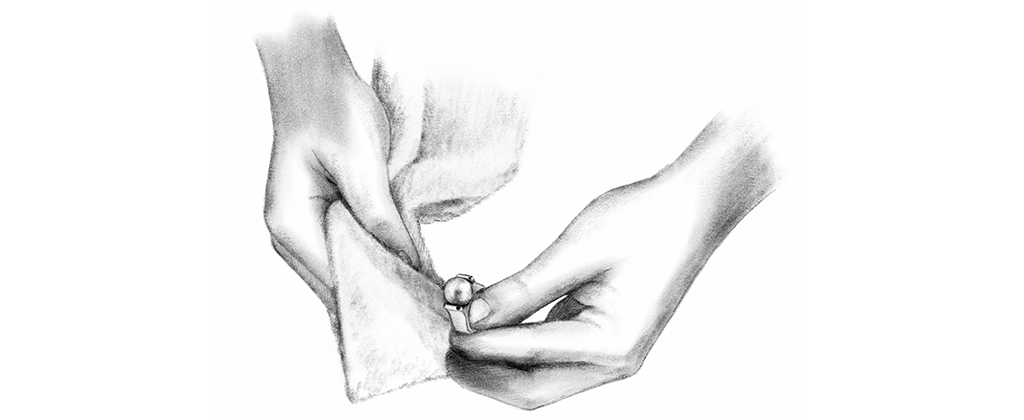
Cleaning and polishing
The best thing to do if you see that your jewellery isn’t as radiant anymore, or it seems to be diminishing, is to take it to a specialist at one of our Matara Studio stores. Other than that, always use a soft cloth when cleaning your pearl jewellery, and don’t apply too much pressure when polishing and cleaning as you could risk removing the nacre layer.
Wear and enjoy them
Pearls need moisture, leaving them in a box for long periods of time can cause them to crack. There is a saying that comes with pearls and that is, “pearls want to be worn,” so enjoy them.
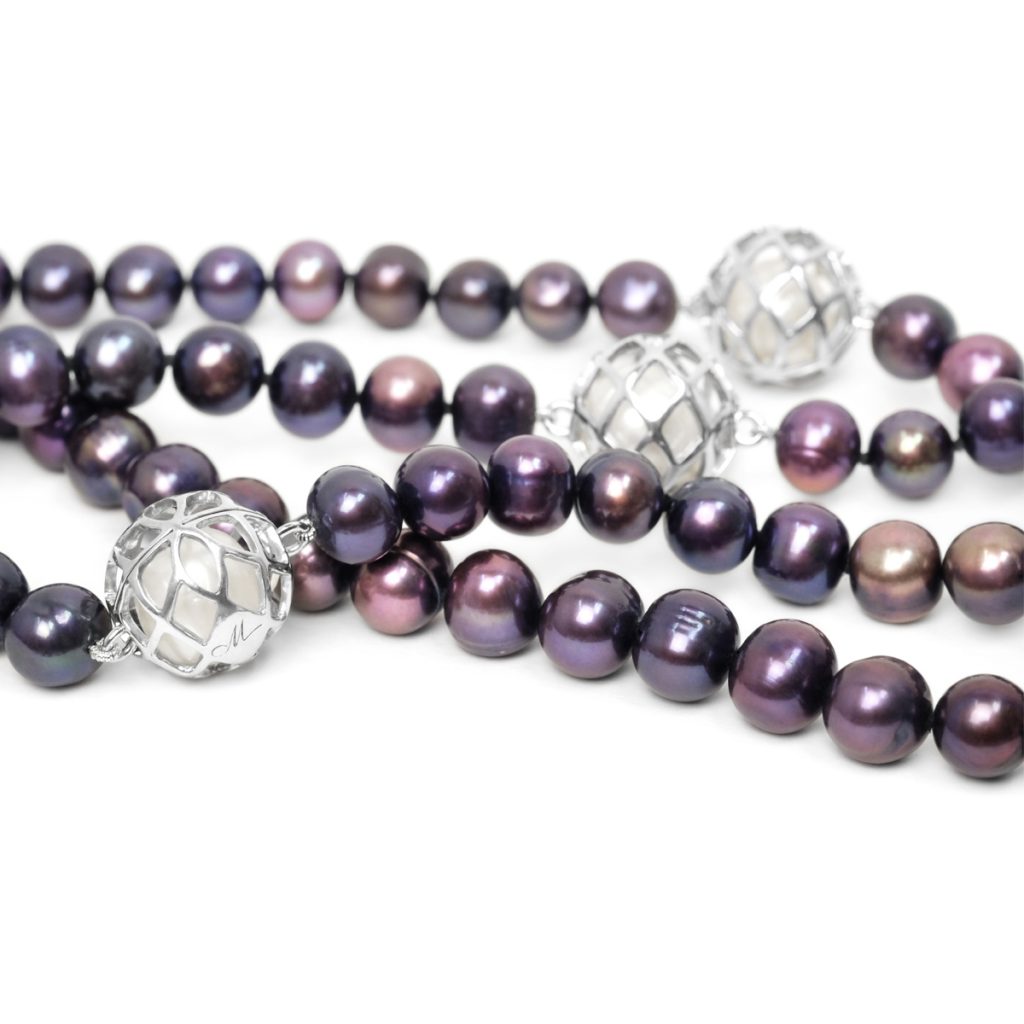
Matara Studio is happy to give you advice on choosing the perfect pearl jewellery for gifts or your own special occasion
Enjoy convenient and friendly advice from our pearl experts. We help you choose pearl earrings for you and your loved ones on special occasions. Matara Studio is located at Central Embassy and Gaysorn Village branches, or through online channels every day.
